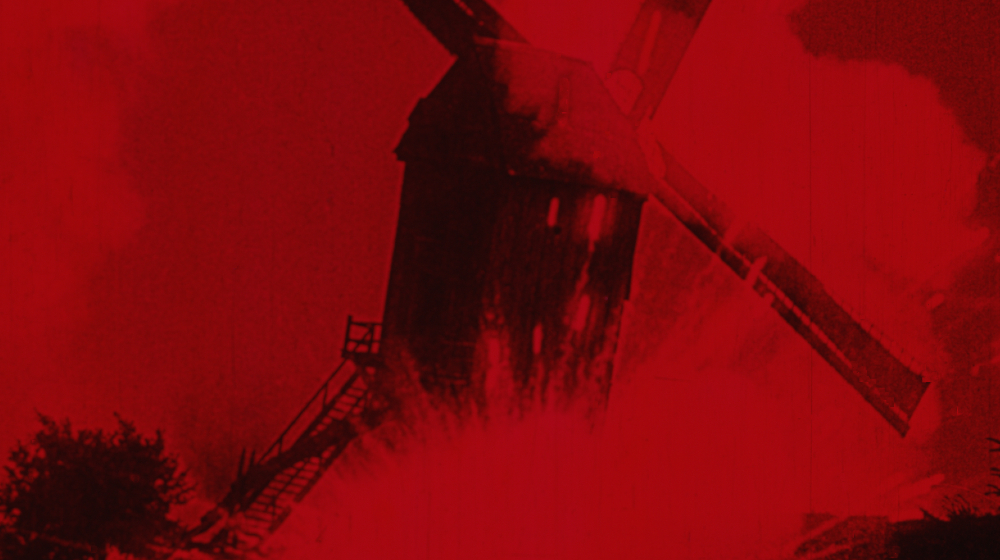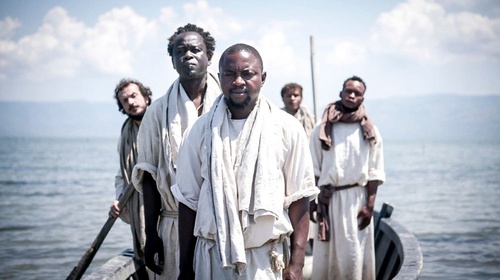Xcèntric 2021
Maudite soit la guerre. The early days of colour in cinema
Audiovisuals
This session, the second in a series of programmes devoted to colour in early cinema, presents two works by Alfred Machin, a pioneer in the use of innovative film colouring techniques that are superbly employed in his documentary Chasse à la panthère (1909) and his masterpiece, the pacifist melodrama Maudite soit la guerre (1914).
During the early days of cinema, the company Pathé Frères experimented with different colour processes applied to film: tinting, toning, hand painting and stencilling. These colouring techniques were often used in combination in the same film, creating amazing effects. With the Pathécolor system (1907-1928), a mechanical stencil-based process, films were notable not only for their beauty and variety of tone but also for the accuracy of their colours and the ability to simulate natural tones. This process was technically complex and expensive but its widespread use in both fiction and non-fiction films indicates how important it was to use colour in the narrative and figurative strategies of these works.
In addition to experimenting with colour in the early days of cinema, Alfred Machin is also known as a pioneer of aerial filming and as one of the few filmmakers of the time with a pacifist view of war. All this can be seen in Maudite soit la guerre, a highly expressive work created just before the First World War that anticipates and criticises armed conflict. This film is an ambitious attempt to visually demonstrate what colour could add to cinema at that time. Most of the time, stencils are applied delicately, interacting perfectly with the other combined processes of tinting, toning and hand colouring. Its chromatic composition is built around a contrast of ambiences: pastel shades, used in everyday scenes, take on a naturalistic tone while monochrome red, in which the colour becomes saturated, invades the battle scenes. These chromatic effects, integrated within the narrative, help to create the film’s dramatic tension, namely a love devastated by war.
By way of introduction, the session begins with the screening of Chasse à la panthère, a short film by this French photographer, producer and director who also worked in Belgium and the Netherlands in the early 20th century. This documentary, which uses the same hand colouring process in an attempt to recreate the colour of nature, presents a view of hunting in the exotic landscape of the African jungle where the death of a panther alludes to the violence of war.
Chasse à la panthère, 1909, 35 mm, 7 min; Maudite soit la guerre, 1914, 35 mm, 50 min.
Projected in DCP. Copies courtesy of the Cinémathèque Royale de Belgique.
Directors: Alfred Machin
This activity is part of Xcèntric 2021


